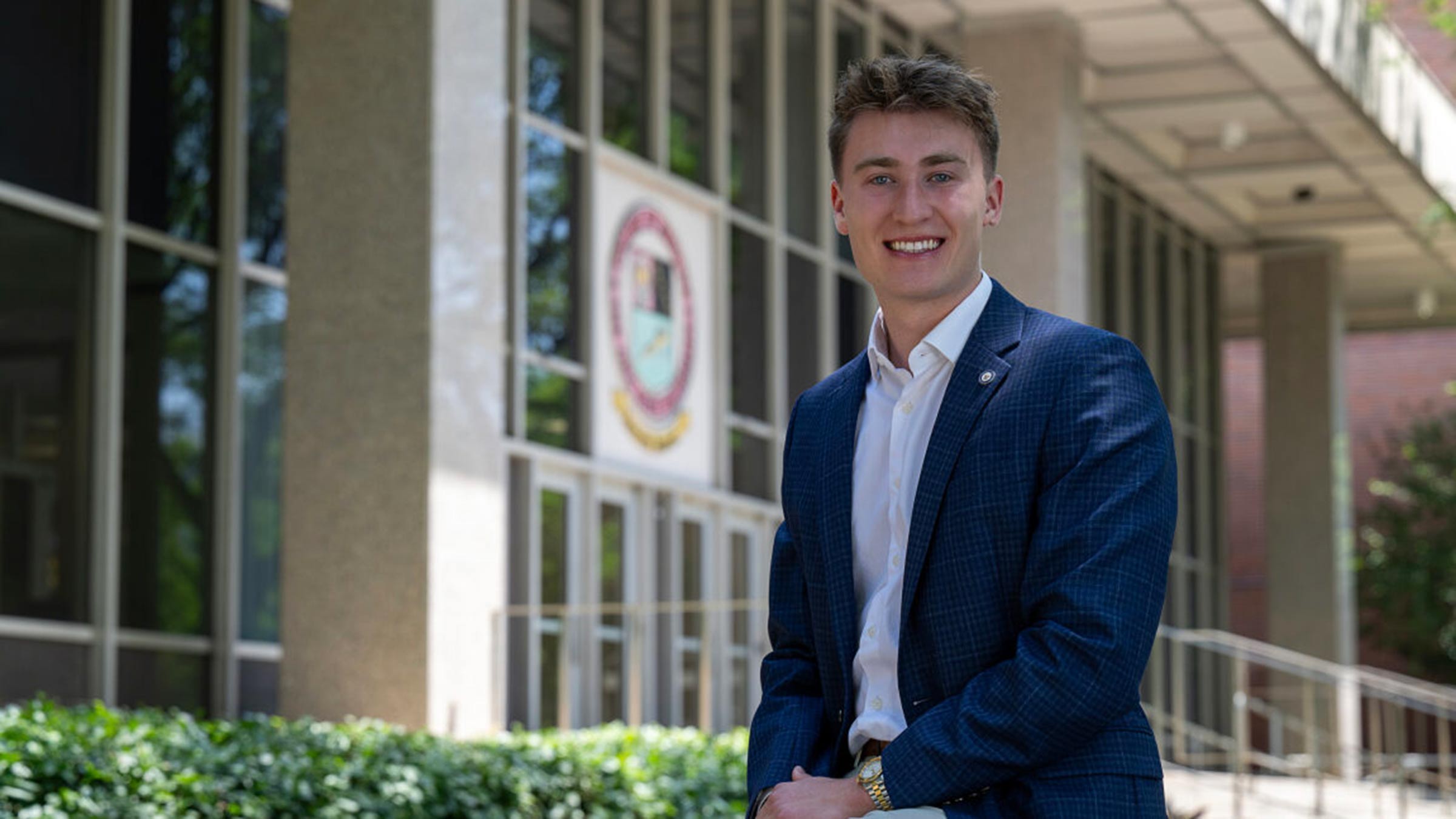
For Collin Todd, studying medicine was always part of his life plan.
But as he studied neuroscience as an undergraduate and prepared for medical school, he found himself searching for a deeper why — a way he could give back more as he pursued his lifelong dream of becoming a doctor.
When Todd visited his younger brother Brody at the U.S. Naval Academy in Annapolis, Maryland, between his sophomore and junior year, it suddenly clicked.
“It was kind of the first close connection that I had of someone going into the military,” Todd says. “And I remember stepping onto that campus and seeing everyone in uniform and saluting, and just being in awe of these men and women sacrificing their lives for our freedoms.”
In that moment, his calling crystalized.
“It became clear to me that this is what I want to do. These are the men and women whom I want to support,” Todd says.
He returned home and immediately began exploring how he could weave in military service with his dream of attending The Ohio State University College of Medicine.
Pursuing military medicine at Ohio State
Todd soon found the Health Professions Scholarship Program (HPSP), which would allow him to pursue military medicine while attending Ohio State.
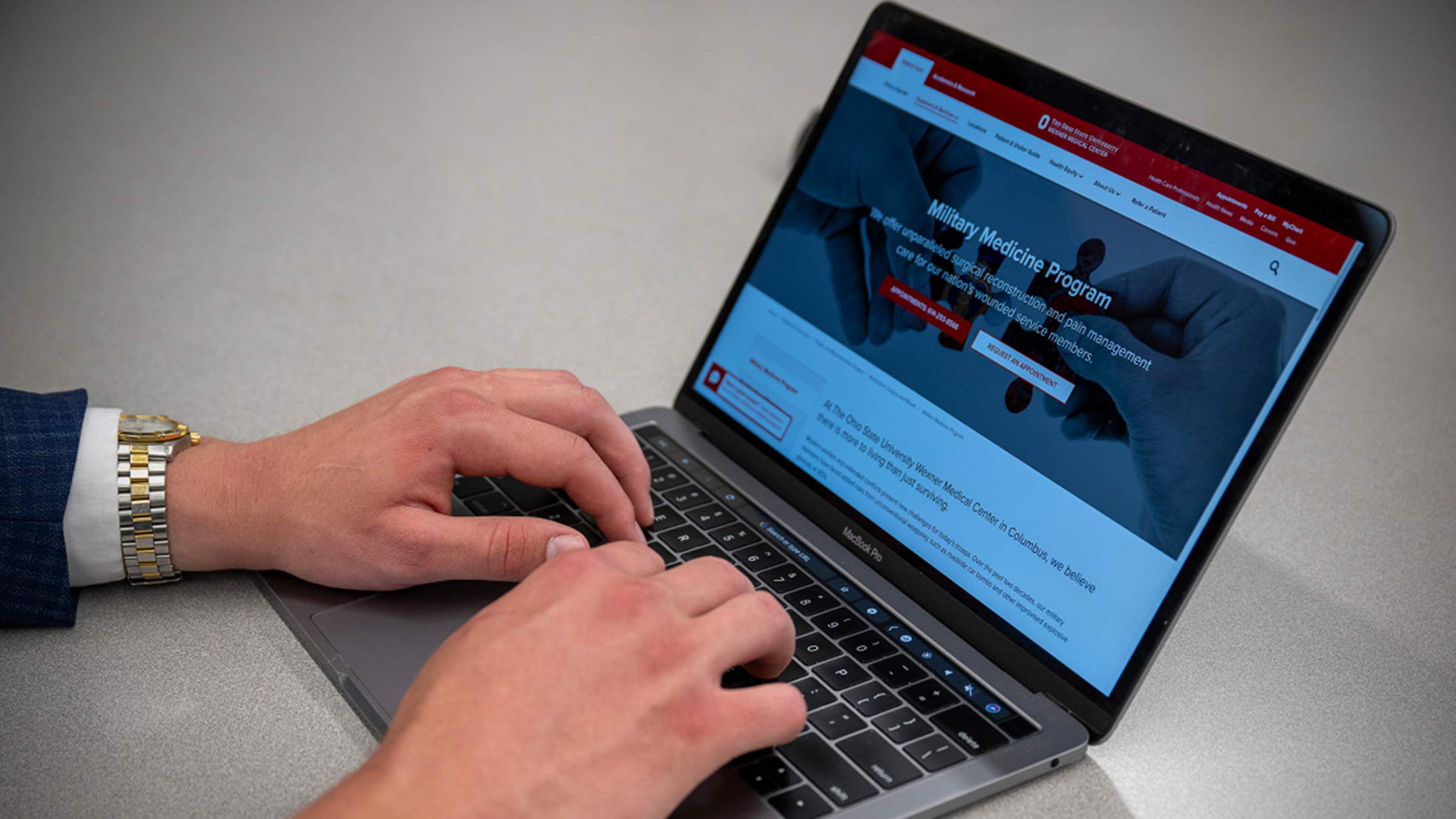
The HPSP, offered through various branches of the U.S. military, awards scholarships to students receiving education or training in specific health care professions, including medical students. For full-time learners, the HPSP covers full tuition and approved fees, pays a monthly stipend and covers the costs of books and materials.
Participants are considered “active duty” for about six weeks per year for officer training and other military-specific work, including research rotations and clinical rotations at military hospitals.
In exchange, participants agree to “pay back” their time in medical school at military treatment facilities. They could be stationed at military clinics or hospitals around the world, or deploy in support of military operations.
“I don’t know where exactly it will take me, but I’m up for the adventure,” says Todd, now a U.S. Navy ensign and second-year medical student at Ohio State.
For Todd, improving military medicine is personal, with two brothers, and many cousins serving in the military, some deployed overseas. In his pursuit of inspiring others to follow this path, Todd also serves on the executive board of the Military Medicine Interest Group at Ohio State.
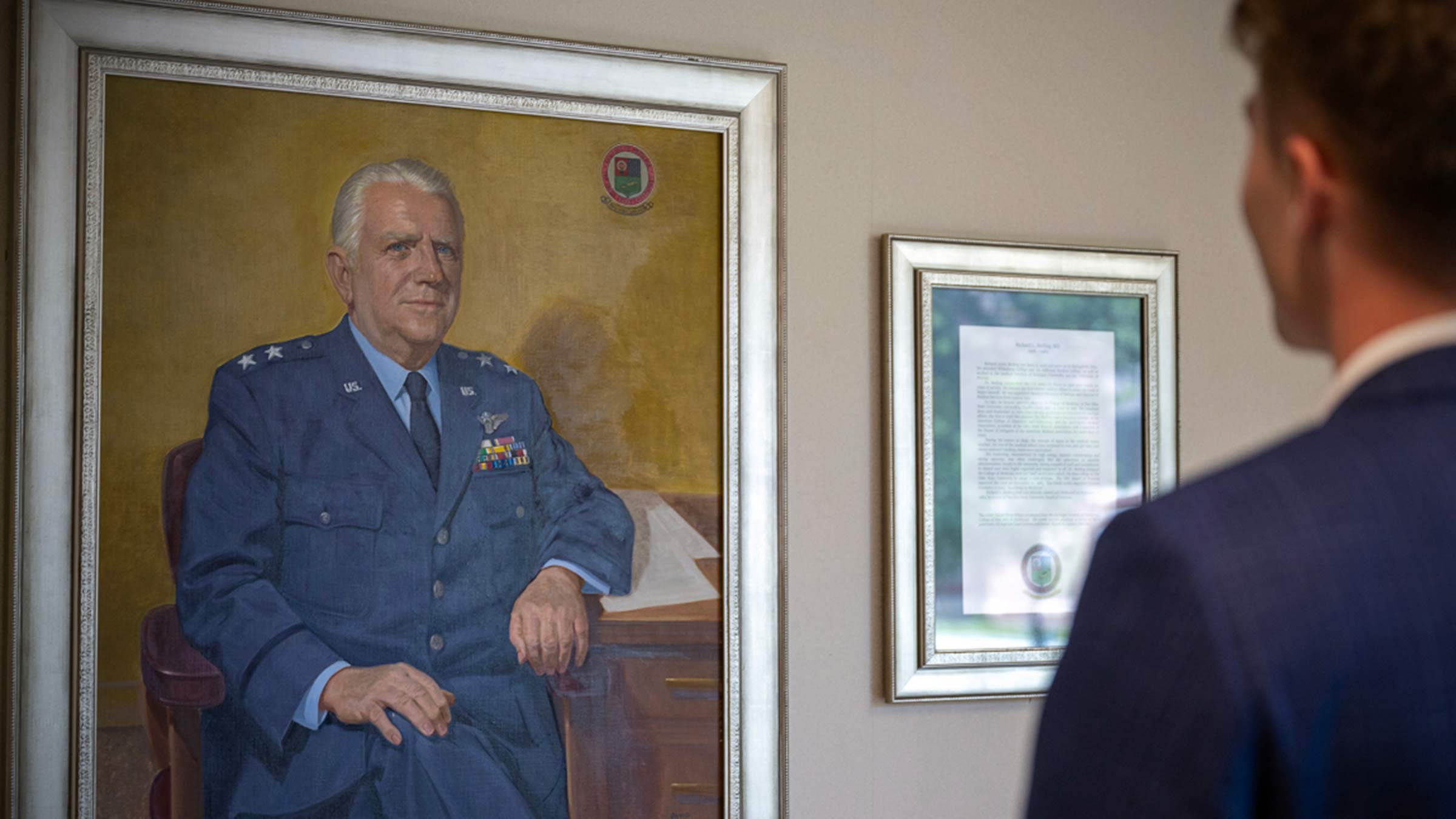
The opportunity to serve people and country
Andrew Peachman is also taking advantage of the HPSP program. He had considered the military previously, but his dream of attending Ohio State for medical school and becoming a doctor came first. After his undergraduate studies, he revisited the idea and decided to pursue military medicine while attending Ohio State.
“It combines my passions, so I still get to practice medicine, but I also get that opportunity to serve my country, which I think is something really special. It just felt like a very natural match.”Andrew Peachman, a second lieutenant in the U.S. Army and third-year medical student.
Peachman attended officer training between his first two years of medical school and will serve as a military physician with the U.S. Army at the conclusion of his medical training.
“Ultimately, there’s no greater opportunity than to serve your country and patients at the same time,” Peachman says. “It certainly is a very special privilege that I hold.”
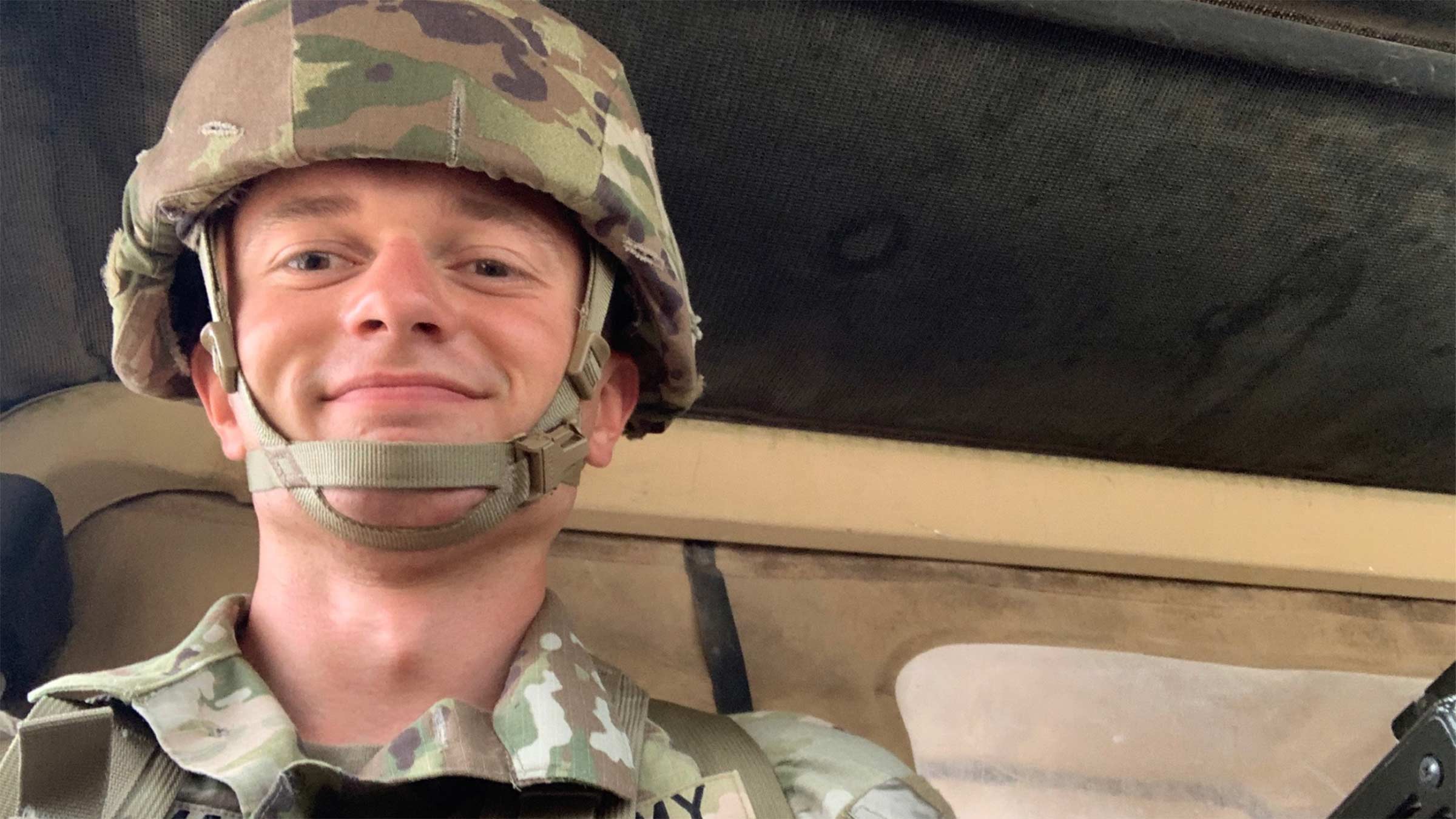
A natural match: Ohio State and military medicine
While the HPSP is available for students attending any accredited medical school across the country, Todd and Peachman have found Ohio State is particularly well-suited to support students like them pursuing military medicine.
“I feel so supported by everyone here,” Peachman says. “It feels like people are on your team no matter what, whatever road you are taking through medical school.”
Ohio has the fifth-highest number of veterans in the country, and The Ohio State University Wexner Medical Center alone employs more than 500 veterans.
“Ohio State has been a great fit with endless opportunities for me as a military medical student,” Todd says.
“I’ve connected with other military physicians and tapped into clinical and research opportunities tied to the military, all while attending a distinguished medical school that provides me with a strong medical foundation.”
The Military Medicine Program within the Ohio State Wexner Medical Center, for example, offers comprehensive care for combat-injured veterans, leading the way in surgical reconstruction and pain management for our nation’s service members.
Students find mentorship and role models in Ohio State physicians like Jason Souza, MD, clinical associate professor of Plastic and Reconstructive Surgery in the Ohio State College of Medicine, who directs the Military Medicine Program.
“He’s been a fantastic mentor to a lot of the military medicine students at Ohio State,” Todd says. “It has been great to have him as a resource.”
Dr. Souza is a U.S. Navy veteran and former director of the Peripheral Nerve Program at Walter Reed National Military Medical Center. He’s developed groundbreaking solutions for military patients.
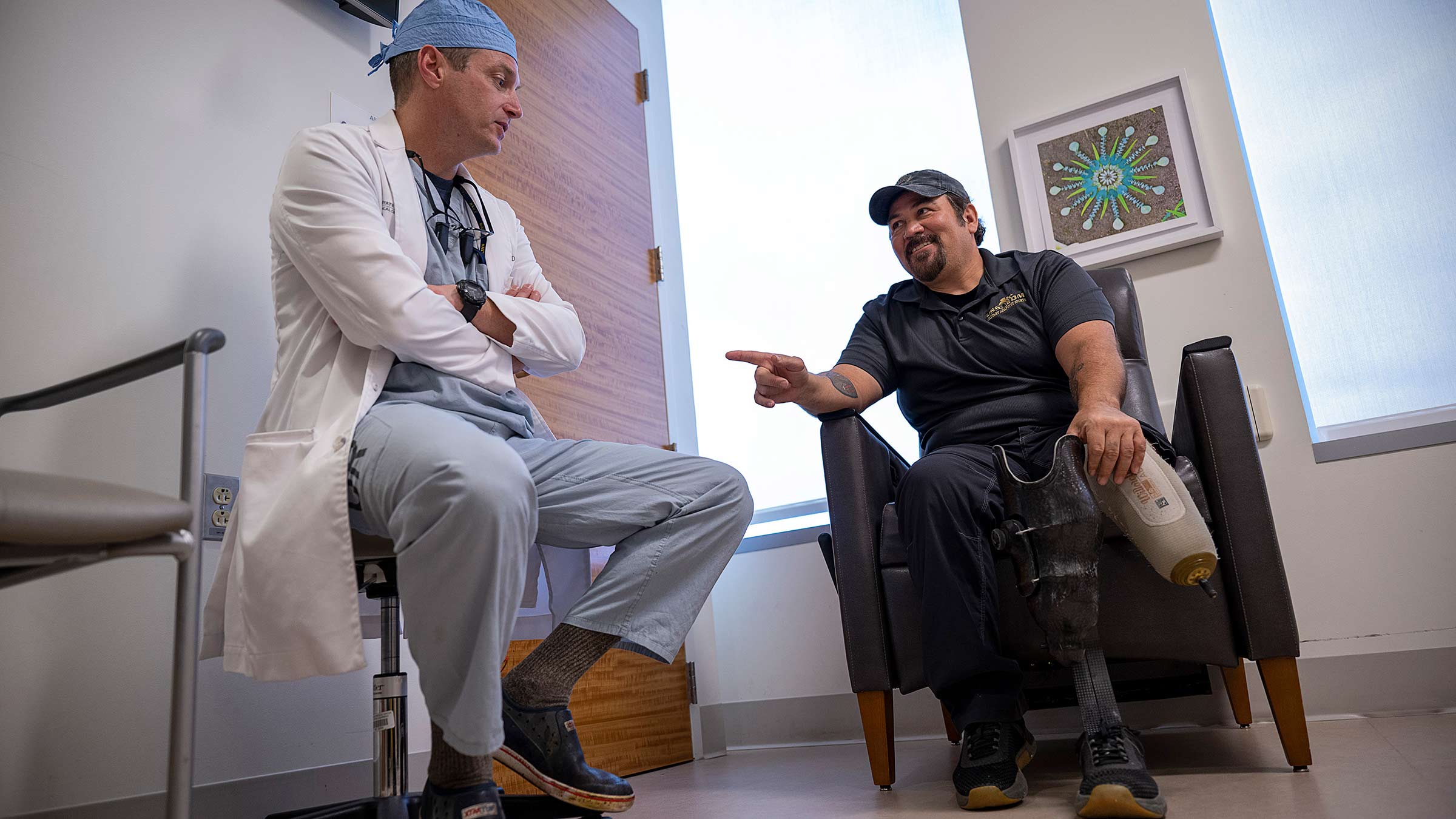
“As we work to ensure our country’s existing wounded warriors receive the high-quality care that they deserve, we have to be mindful that a new conflict is always potentially around the corner. It’s equally important that the lessons we’ve learned from the last two decades of conflict be passed on to the next generation of military physicians. This doesn’t happen passively, it takes a lot of effort, purposeful intent and significant resources. I am grateful that the leadership at Ohio State has made it a priority to help train the next generation of military physicians,” says Dr. Souza.
Research and training to help our troops
Ohio State’s robust research efforts also allow students to help develop solutions for some of the toughest health care challenges facing service members and the physicians who treat them. Todd is working this summer with two Ohio State physicians to help develop a virtual reality program focused on training military and civilian medical personnel for mass casualty scenarios. Ohio State researchers have also developed a spray foam splint that can stabilize an injury in minutes and could transform care for military personnel on the battlefield.
The Ohio State College of Medicine also offers premier ultrasound training to its medical students, weaving ultrasound skills development throughout all four years of the curriculum. Military medical students can leave Ohio State equipped with the critical imaging skills needed in challenging military environments.
The college aims to empower its students to make a difference in solving society’s health challenges, and military medical students are no exception, says Carol R. Bradford, MD, MS, FACS, dean of the College of Medicine.
“Learners pursuing military medicine truly embody our mission of transforming the health of our communities,” Dr. Bradford says.
“I am so proud that the College of Medicine can guide these learners on their journey to becoming military physicians who will serve our country and support our nation’s veterans through comprehensive and compassionate care.”
And when students complete their medical education and embark on their military service, they may leave Columbus, but they know they aren’t leaving the Buckeye community.
“There is an incredible Ohio State community within the military health system,” Todd says. “Everywhere you go, you meet a Buckeye.”





